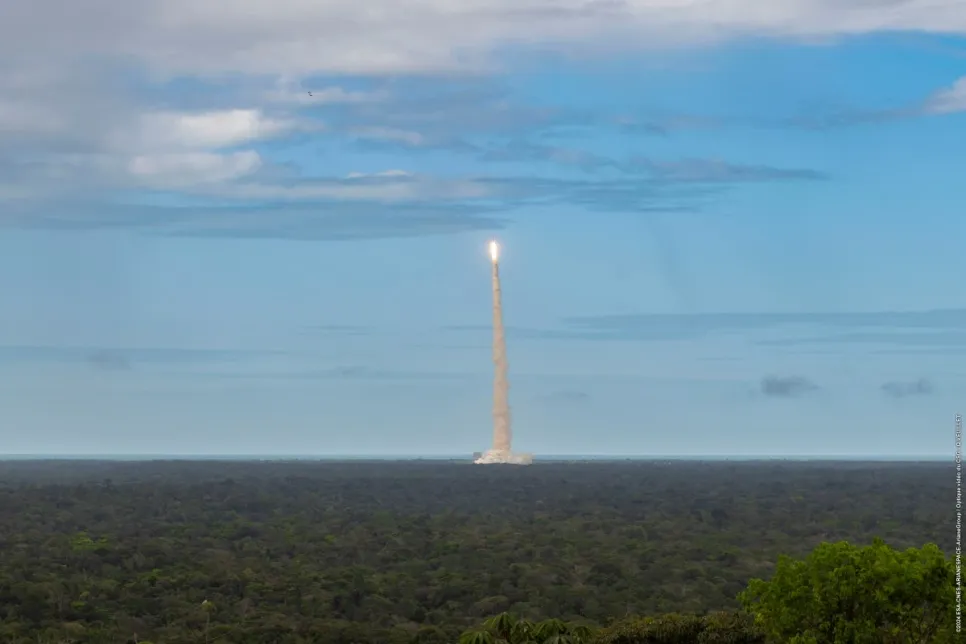Qualcomm Announces Snapdragon 8 Gen 5 Platform
Qualcomm added its latest smartphone platform to its premium-tier Snapdragon range.

Europe's new heavy-lift rocket, Ariane 6, made its inaugural flight from Spaceport in French Guiana. It is the latest rocket in the series, taking over from Ariane 5, and featuring a modular and versatile design that can launch missions from low-Earth orbit and farther out into deep space.
"A completely new rocket is not launched often, and success is far from guaranteed. I am privileged to have witnessed this historic moment when Europe's new generation of the Ariane family lifted off – successfully – effectively reinstating European access to space,” said ESA's Director General Josef Aschbacher. "An inaugural launch is a huge undertaking from thousands of people who have worked relentlessly for years. To see it perform wonderfully at the first attempt is a testament to their dedication and a demonstration of European excellence in engineering and technology. Heartfelt thanks go to the teams at ESA, CNES, ArianeGroup, and Arianespace for their hard work to get to this point. I also want to sincerely thank our Member States for enabling and supporting the Ariane 6 program. Not always easy, but the endurance shown has paid off handsomely today."
This inaugural flight is a demonstration whose aim is to show the capabilities and prowess of Ariane 6 in escaping Earth's gravity and operating in space. Nevertheless, it had several passengers on board. A little over an hour after liftoff, the first set of satellites on board Ariane 6 was released from the upper stage and placed into an orbit 600 km above Earth. Satellites and experiments from various space agencies, companies, research institutes, universities, and young professionals were included in this inaugural flight. In addition to the rocket, the liftoff demonstrated the functioning of the launch pad and operations on the ground at Europe's Spaceport. The new custom-built dedicated launch zone was built by France's space agency CNES and allows for a faster turnover of Ariane launches.
With the placement of satellites into orbit, Ariane 6 has demonstrated that it can successfully launch its payloads into space, but ground control has more in store for its inaugural flight. Over the next hour, Ariane 6's upper stage restarted its Vinci engine using the novel auxiliary propulsion unit. This restart capability allows the rocket to drop off multiple passengers into different orbits on future flights and deorbit itself through Earth’s atmosphere at the end of its mission, to ensure it does not become space debris. The next Ariane 6 is planned for launch this year on its first commercial flight under Arianespace as operator and launch service provider.